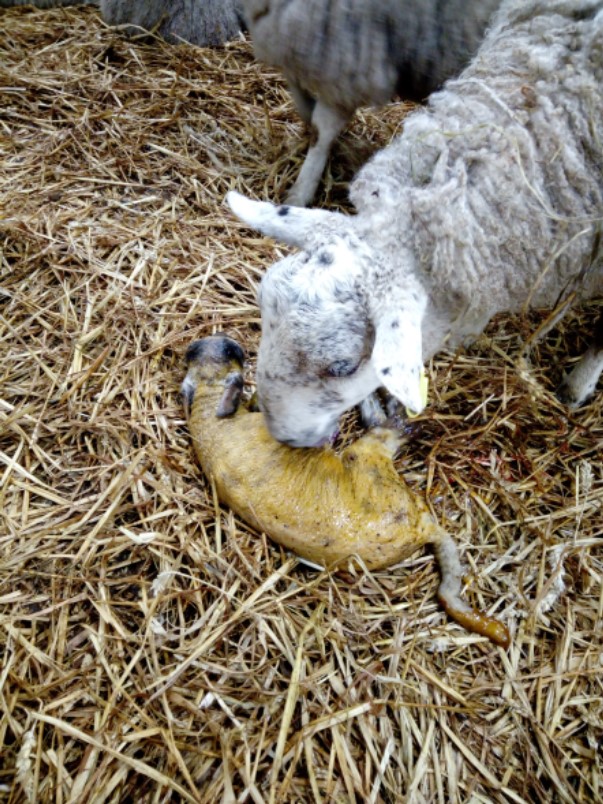Preparation For Lambing
6 February 2020Being prepared for lambing by means of management and feeding is the first step to a successful lambing. The aim is to have lambs with high vigour – getting up on their feet and sucking quickly, having the ewe in the correct condition to avoid lambing difficulties, metabolic disorders and have a good supply of quality colostrum and milk for the lambs. By six weeks pre lambing the foetus will have only grown 25% of the final weight, leaving a huge 75% of foetal growth for the last six weeks of pregnancy. As well as the foetal growth the ewe must maintain her self and prepare for producing colostrum and milk. She must be offered a high quality nutrient rich diet with high intake to meet her demands in this time.
Hypothermia
The second most common cause of lamb deaths are due to hypothermia and starvation following on from this are abortions and stillbirths. Colostrum and milk supply is an absolutely essential element for lamb survival. Colostrum is a super food which provides energy and nutrients, helps to maintain body temperature, and allows for antibodies which form the lamb’s passive immune system as well as being a laxative cleaning out the digestive tract of the new born lamb. At birth the lamb does not carry antibodies, because the antibodies in the ewe’s blood stream do not cross the placenta. It is essential to ration the in-lamb ewe appropriately to ensure the production of good quality colostrum is stimulated. Rations should be tailor made to the quality of forage that is being offered to the ewe.
Management Groups
Ewe lambs which are pregnant should ideally be managed in separate groups from mature ewes. Their nutritional requirements are higher as they are still growing them selves as well as growing a foetus. There is a risk of competition for feed from older more mature ewes.
Vaccinations
Pre lambing vaccinations for Clostridial diseases is an essential tool in managing the ewe pre lambing. This vaccination should be given to the ewe 4-6 weeks pre lambing to allow for passive protection to the lamb through the ewes colostrum. Ideally a flock of ewes should be vaccinated in separate groups according to raddle marks (if raddles were used). This allows for more accuracy to the lambing date e.g. if vaccinating 4 weeks from the expected first birth date of lambs, the second cycle ewes or later would still be out with the 4-6 weeks pre lambing time frame reducing the efficacy of the vaccination. Handling at this vaccination allows the flock manager to condition score the ewes and batch them accordingly e.g. thin twins with triplets, etc.
Preparing the Lambing Area
Preparing the lambing area should be done well in advance. Lambing fields should be chosen with adequate shelter, space to allow the ewes to find a suitable lambing site and fields that are not to steep for multiple births. Indoor lambing areas should be disinfected between lambings, with the potential of putting a layer of builders or hydrated lime down before bedding. This has a high alkaline pH which makes it difficult for bacteria to survive, assisting in inhibiting bacterial growth. Other benefits include absorbing moisture, reducing odour and it is very cheap and easy to apply. The lambing area should have no drafts and troughs should be checked for leaks and repaired in plenty of time. Individual pens should ideally be created for 10% of a non synchronised flocks plus release pens and disinfected between ewes.
Housed ewes can be crutched one month prior to lambing to offer benefits such as less moisture in the air, a cleaner drier environment, ease of lambs finding teats and assists with ewes finding shelter when turned out if the weather turns.
Preparation is key for a successful lambing season, ensure the ewes are rationed appropriately, in the correct condition and management practices are carried out on time. Ensure lambing supplies are purchased prior to lambing beginning and staff is in place and trained accordingly.
Kirsten Williams, kirsten.williams@sac.co.uk
Sign up to the FAS newsletter
Receive updates on news, events and publications from Scotland’s Farm Advisory Service

